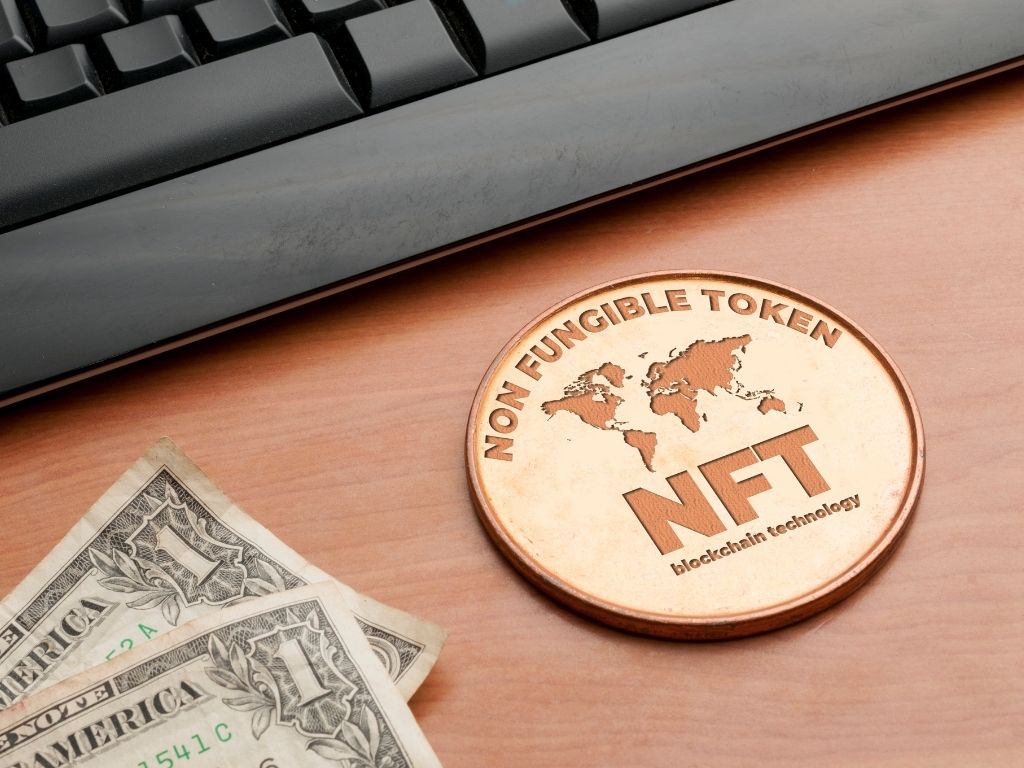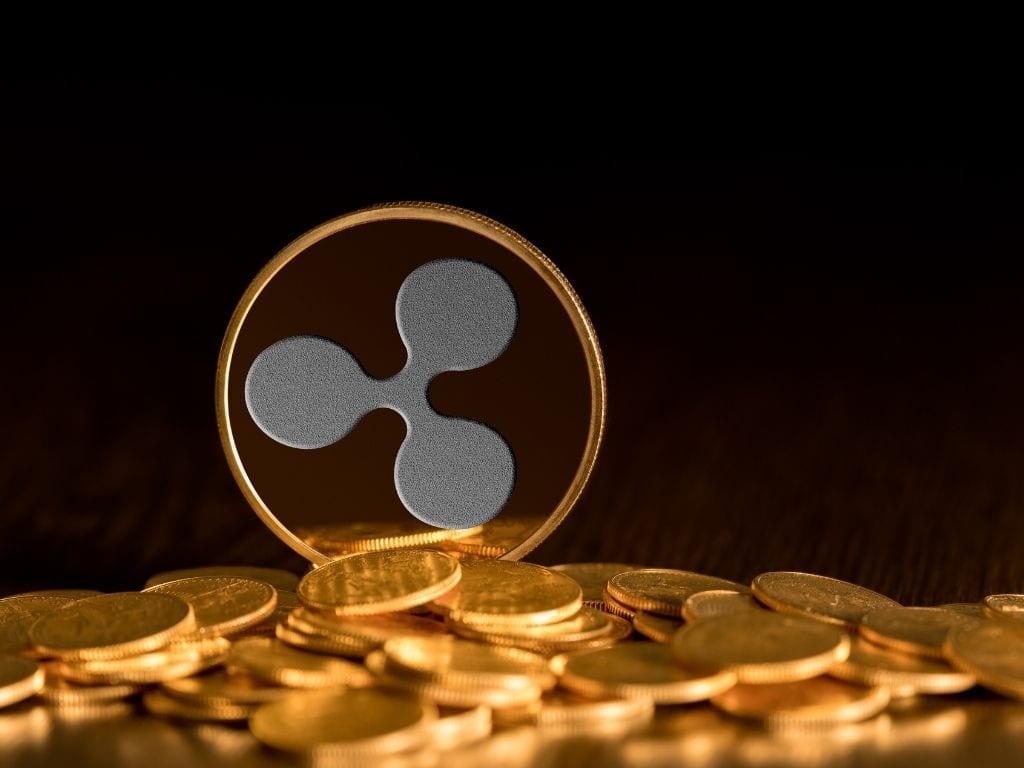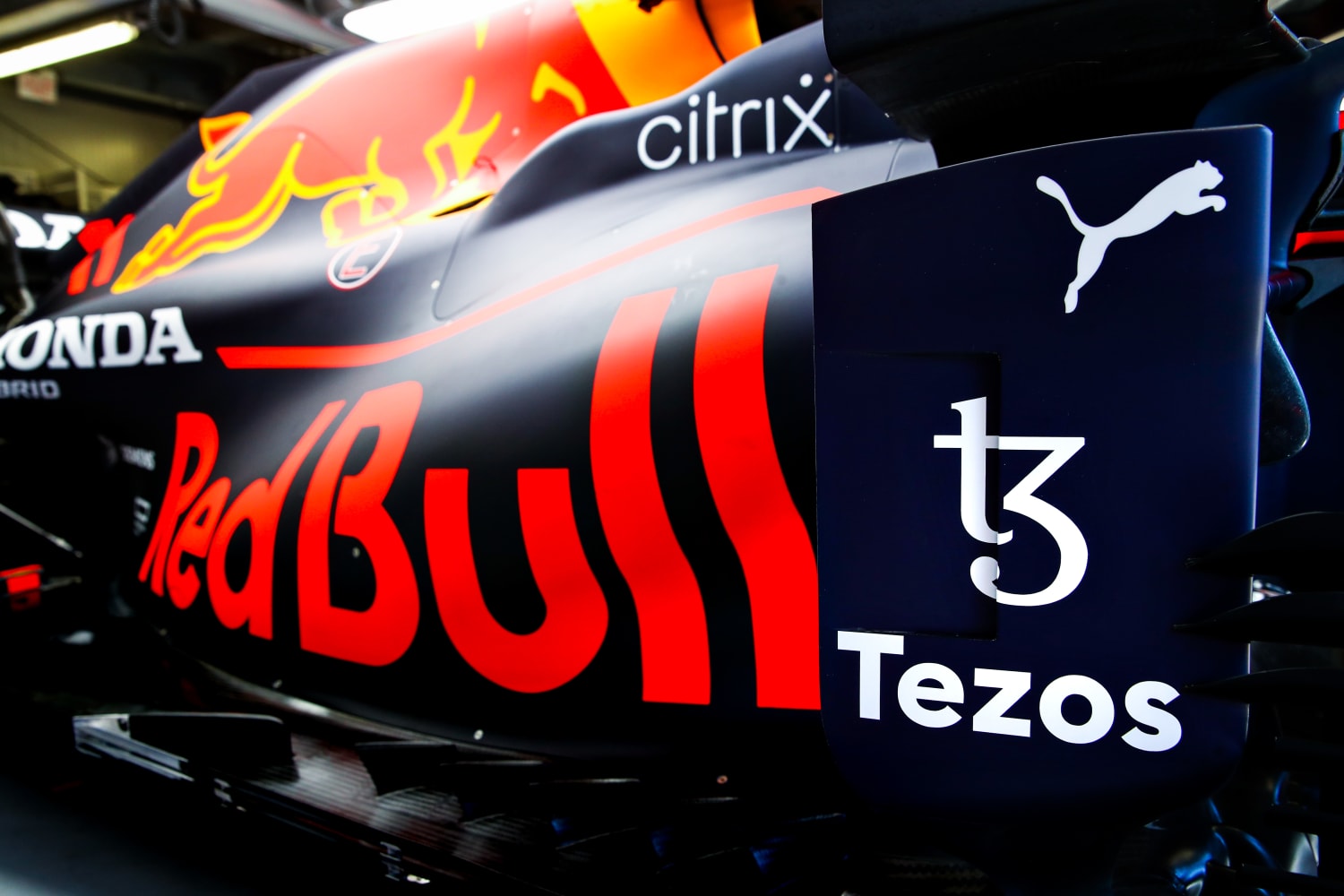Why did OpenSea Cut Fees and Creator Royalties
OpenSea, the largest NFT marketplace in the world, made a big splash on Web3 on February 17, 2023. Without warning, they made big changes to their fees and royalties for creators. These changes will have a big effect on both collectors and creators who use the platform.
In a Twitter thread, the company said that the 2.5 per cent fee added to every OpenSea transaction would be lowered to zero for a limited time. But that wasn’t the end of the news. Following up on a controversial plan the company announced in November, the marketplace said it would move projects that don’t use on-chain enforcement tools, basically every project made before 2023, to optional royalties.
In other words, buyers can now choose whether or not they want to follow a creator’s wishes about how much money they want to get from sales. This is a big problem for many project creators because most of their money after the initial token sale comes from sales royalties.
Last but not least, OpenSea said that the platform’s operator filter would not block marketplaces with similar rules.
We’re making some big changes today:
1) OpenSea fee → 0% for a limited time
2) Moving to optional creator earnings (0.5% min) for all collections without on-chain enforcement (old & new)
3) Marketplaces with the same policies will not be blocked by the operator filter— OpenSea (@opensea) February 17, 2023
Marketplaces and buyers vs. makers?
These may be surprising things to say. But this change is part of a larger trend on Web3 that benefits NFT collectors over creators.
But why have the markets changed in this way? OpenSea says that the numbers tell a simple story. In their thread, the company said that reports from Dune analytics show that zero-fee platforms are responsible for 80% of all NFT trading volume. Royalties are something buyers don’t want to pay, and marketplaces want buyers. So, if one has to go, the markets will choose to drop creator royalties.
In the end, the announcement comes just days after one of OpenSea’s biggest competitors, the NFT marketplace Blur, told users to block OpenSea in a blog post.
The majority of BLUR will be distributed to community members who contribute to the protocol’s success, and loyalty is one of the best ways to do that no matter how much listing and bidding you do!
— Blur (@blur_io) February 21, 2023
But OpenSea may have started this war, according to some reports. The way OpenSea’s rules were written, creators couldn’t get full royalties on Blur and OpenSea simultaneously. Instead, users had to pick one platform where they would get full royalties. This happens because OpenSea automatically turns off royalties on marketplaces like Blur that don’t require them.
But it looks like Blur found a way around that blocklist in January, which helped the marketplace pull even more users away from OpenSea. In their thread, OpenSea said that Blur was a big reason they decided. “The NFT ecosystem has changed in a big way. In October, we started to see users and volume move to NFT marketplaces that don’t fully enforce creator earnings. Today, despite our best efforts, this change is happening much faster than before…. Recent events, like Blur’s decision to cut creator earnings (even on filtered collections) and the false choice they’re making creators make between liquidity on Blur or OpenSea, show that our efforts aren’t working,” they wrote.
What’s on the board?
The creators responded quickly and harshly. Chris Torres, the 36-year-old digital artist who made Nyan Cat, tweeted that OpenSea was taking advantage of artists to make money for themselves. NessGraphics, a digital artist and 3D animator, said that the change to creator royalties being optional was “pathetic.”
Betty, who helped make Deadfellaz, said that the change makes creators less powerful and takes away their ability to decide how their work can be bought and accessed. “Creator decides how much to charge for their work. The market decides if they want to buy from that creator or not, knowing that those are the rules that the creator has set. Marketplaces shouldn’t be able to step in and change that by taking away power from the creators. “But some people don’t want to pay royalties.” Okay, those people can buy from creators who don’t set royalties. “To be a part of this ecosystem, you have to know that each of us has the right to decide how we want to be a part of it,” she wrote.
Creator sets royalties for their work. Market decides whether or not they want to buy from that creator, understanding those are the parameters set by that creator. Marketplaces should not have the authority to intervene and disrupt that by shifting power away from creators.
— BETTY (@betty_nft) February 18, 2023
Others, on the other hand, said that the announcement made sense. Leonidas, who calls himself an NFT historian, said that if crypto markets are a good analogy, this is where the NFT space will end up. “People can like or dislike this, but in the end, once the non-fungible market has grown up, it will have the same 0.25% fee as the fully-scaled fungible token market, which has had a decade to grow up,” he wrote.
Frank, who is well-known in the Web3 community and on the DeGods team, seemed to agree with these ideas. “Harsh reality: NFT marketplaces are all trying to get the most market share so they can get bigger VC rounds,” he wrote. “The best way to get market share is to have the lowest fees for high-frequency trading.”
So, it’s still unclear which NFT marketplace will win, but it’s becoming increasingly obvious that creators won’t win the royalty war.
Stay informed with daily updates from Blockchain Magazine on Google News. Click here to follow us and mark as favorite: [Blockchain Magazine on Google News].
Get Blockchain Insights In Inbox
Stay ahead of the curve with expert analysis and market updates.
latest from tech
Disclaimer: Any post shared by a third-party agency are sponsored and Blockchain Magazine has no views on any such posts. The views and opinions expressed in this post are those of the clients and do not necessarily reflect the official policy or position of Blockchain Magazine. The information provided in this post is for informational purposes only and should not be considered as financial, investment, or professional advice. Blockchain Magazine does not endorse or promote any specific products, services, or companies mentioned in this posts. Readers are encouraged to conduct their own research and consult with a qualified professional before making any financial decisions. The featured image used is just a creative depiction of the title and it does not intend to hurt sentiments of any person or institution. If it hurts anyone sentiments, please do not hesitate to reach out to Blockchain Magazine.

 Bitcoin
Bitcoin  Ethereum
Ethereum  XRP
XRP  Tether
Tether  Solana
Solana  USDC
USDC  Dogecoin
Dogecoin  Cardano
Cardano  Lido Staked Ether
Lido Staked Ether  TRON
TRON  Wrapped Bitcoin
Wrapped Bitcoin  Wrapped stETH
Wrapped stETH  Chainlink
Chainlink  Avalanche
Avalanche  Sui
Sui  Stellar
Stellar  Litecoin
Litecoin  Shiba Inu
Shiba Inu  Toncoin
Toncoin  LEO Token
LEO Token  Hedera
Hedera  USDS
USDS  Hyperliquid
Hyperliquid  Polkadot
Polkadot  WETH
WETH  MANTRA
MANTRA  Bitcoin Cash
Bitcoin Cash  Bitget Token
Bitget Token  Ethena USDe
Ethena USDe  Wrapped eETH
Wrapped eETH  Uniswap
Uniswap  Monero
Monero  NEAR Protocol
NEAR Protocol  Pepe
Pepe  WhiteBIT Coin
WhiteBIT Coin  Ondo
Ondo  Aave
Aave  Bittensor
Bittensor  Aptos
Aptos  Dai
Dai  Internet Computer
Internet Computer  Official Trump
Official Trump  Mantle
Mantle  Ethereum Classic
Ethereum Classic  Tokenize Xchange
Tokenize Xchange  OKB
OKB  Gate
Gate  sUSDS
sUSDS  Sonic (prev. FTM)
Sonic (prev. FTM) 




